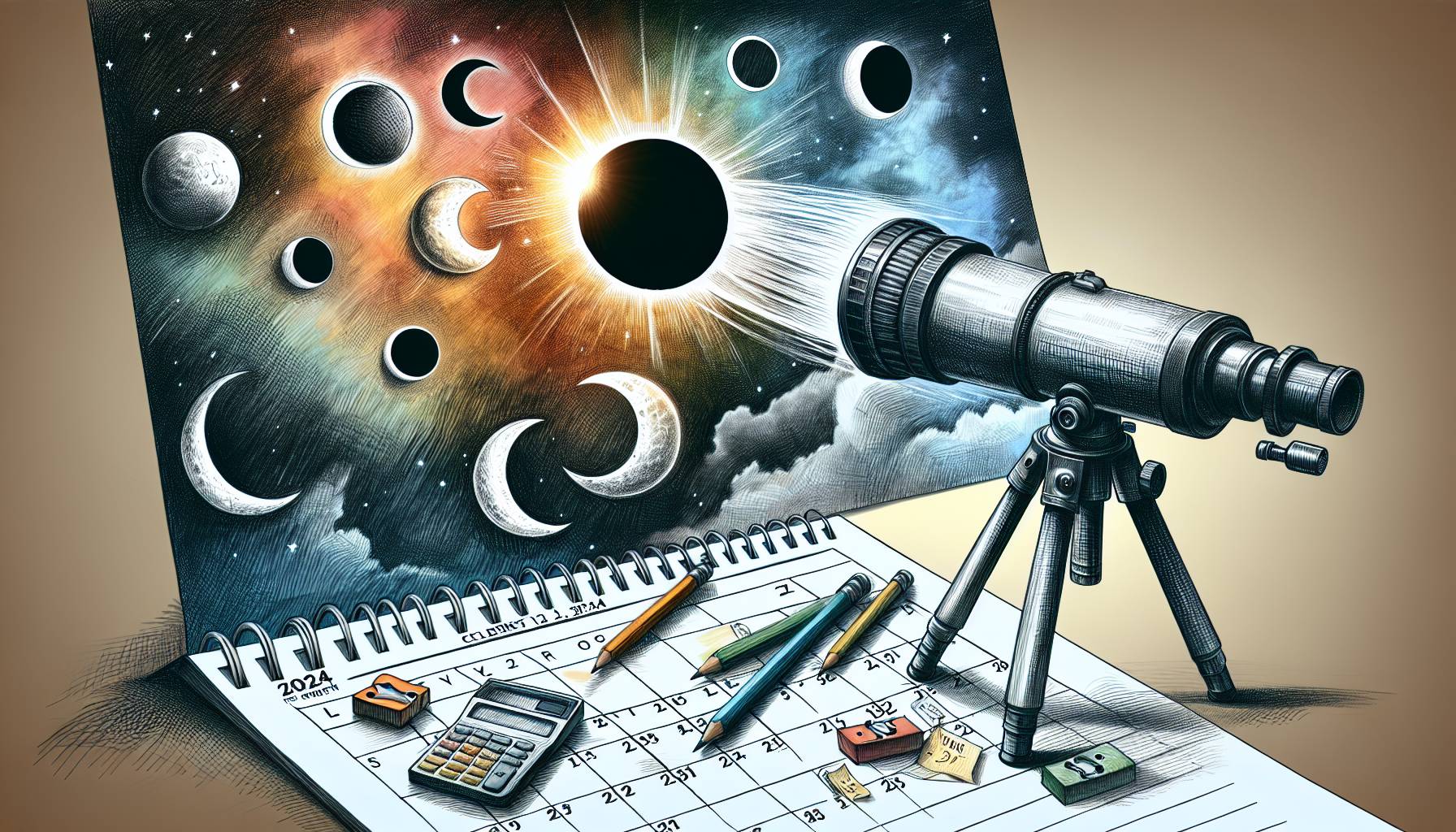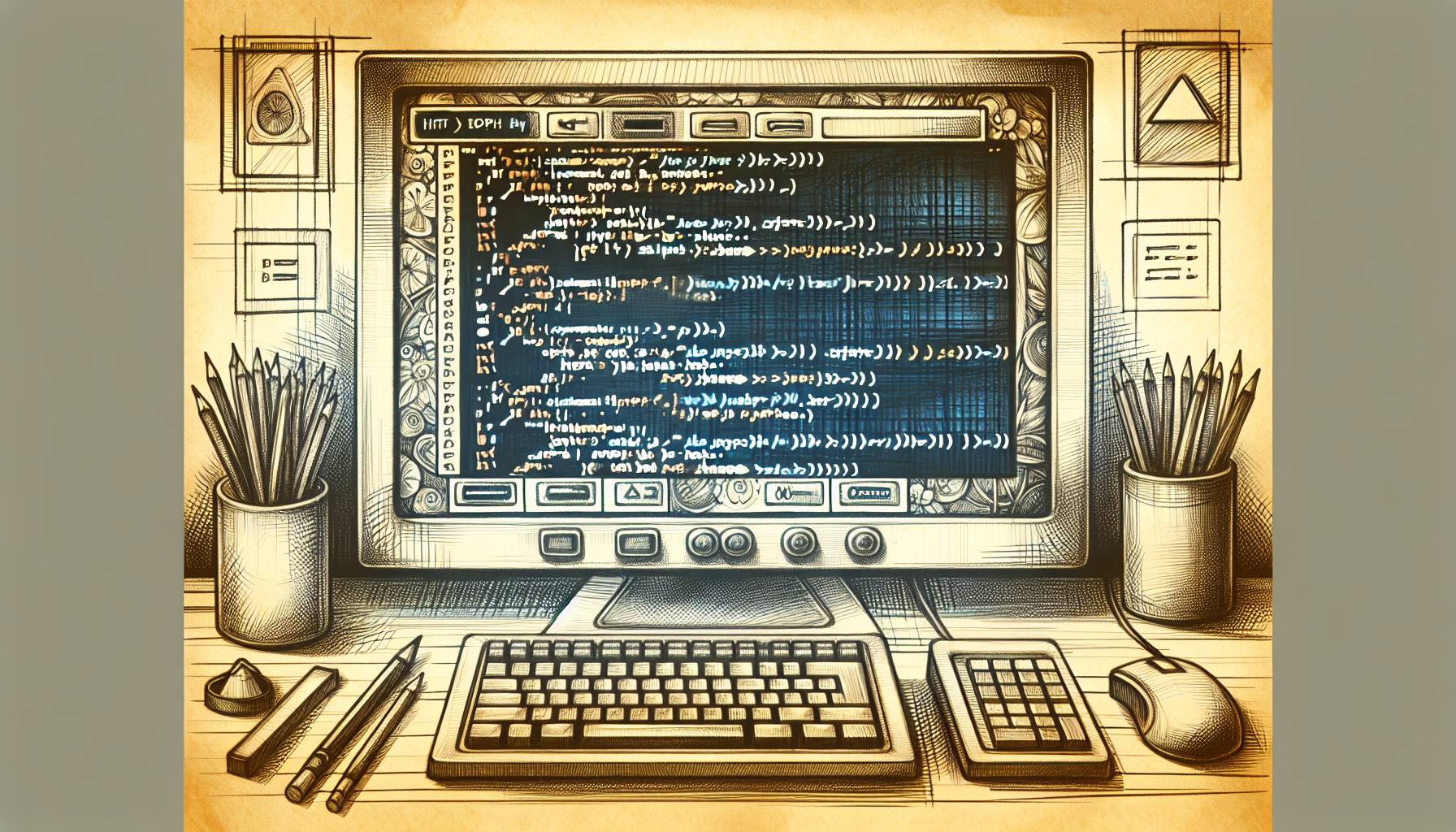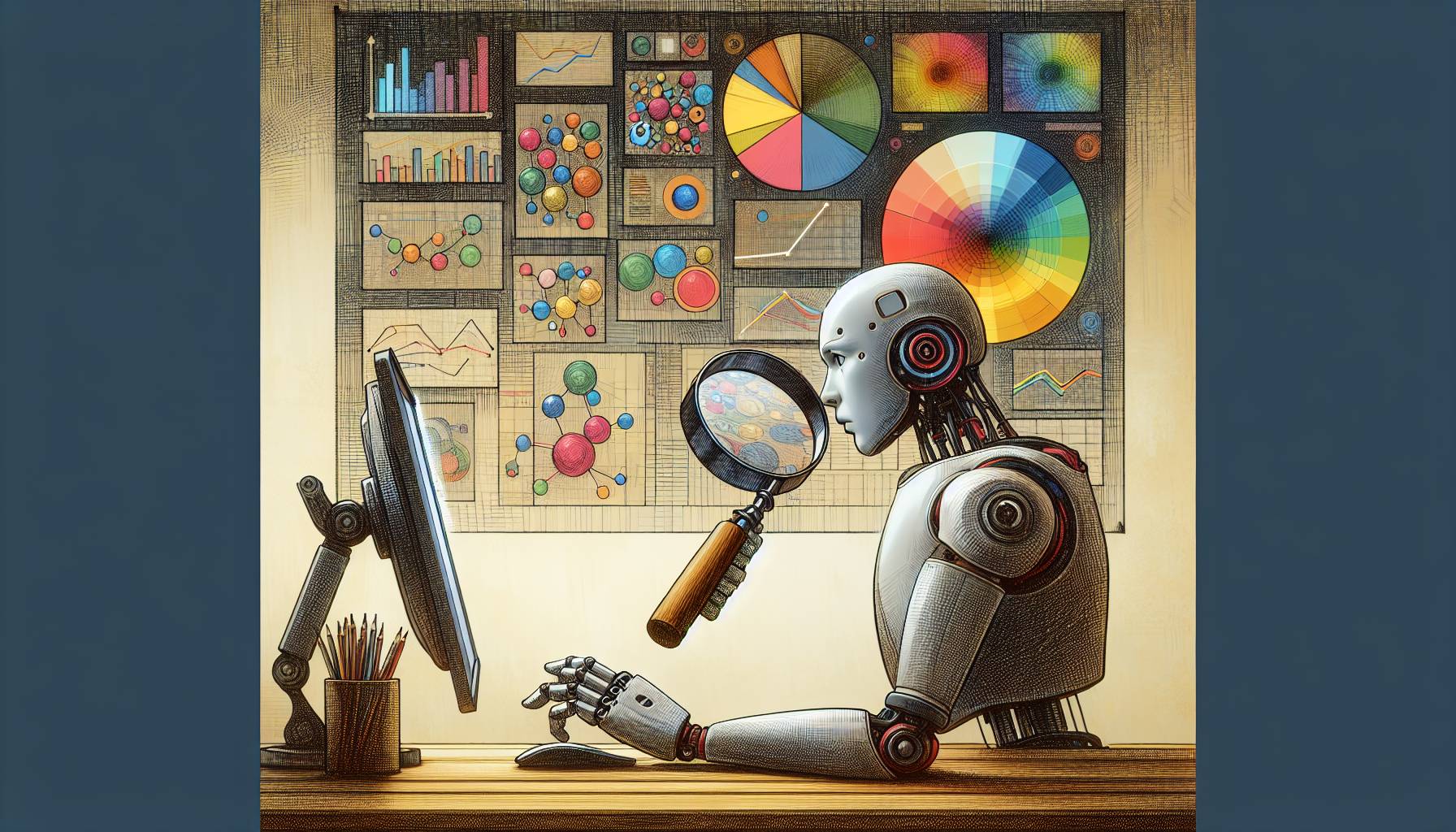The 2024 solar eclipse, likely to be one of the most viewed astronomical events, has spurred astronomical enthusiasts and novices alike into active preparations. Protective eyewear, plans for optimal viewing locations are being established, educational institutions are incorporating it into curriculums, and increased digital engagement is anticipated.
A flurry of apps designed for tracking the eclipse, available on both iOS and Android platforms, are also surfacing. Providing real-time updates, interactive simulations and community features, these apps look to elevate the experience of witnessing an eclipse.
An example is Eclipse App, with key features like a countdown timer, a navigational chart and a compendium of local eclipse events. The unique highlight is its ability to take you on a virtual tour of how an eclipse would appear from different locations. You can customize functions with in-app purchases, unlocking more detailed charts and personalized event alerts.
The Solar Eclipse Timer by Foxwood Astronomy is an app that provides a detailed countdown to the exact time of totality, alerts for key eclipse events and insights into interpreting atmospheric changes surrounding the event. Additionally, it promotes safe observation of a solar eclipse, including the advisable use of protective eyewear to prevent eye damage.
Solar Eclipse by Exploratorium and Eclipse Calculator 2 by the University of Barcelona bring forth features of maps, live streams, facts and camera visualization.
Preparing for the 2024 solar eclipse with mobile apps
Designed for a range of users from beginners to experts, these apps are ideal for both astronomy enthusiasts and curious onlookers.
For visually impaired or low-sensory capable users, Eclipse Soundscapes by ARISA Lab is beneficial, providing auditory descriptions and commentaries. By converting visual experiences into tangible sound textures, the app provides these individuals with an opportunity to partake in these visually centric occurrences.
As the 2024 event draws near, user-friendly interfaces, detailed guides, live streams, and interactive features will be indispensable tools. Upcoming applications promise features such as countdowns to totality moment in user’s locations and alert systems for weather changes. Practically, they aim to address data usage and battery life concerns in remote viewing locations.
Remember to use protective eyewear for safe direct viewing. Let’s gear up and look forward to this astronomical marvel with the best of technology at our disposal.













